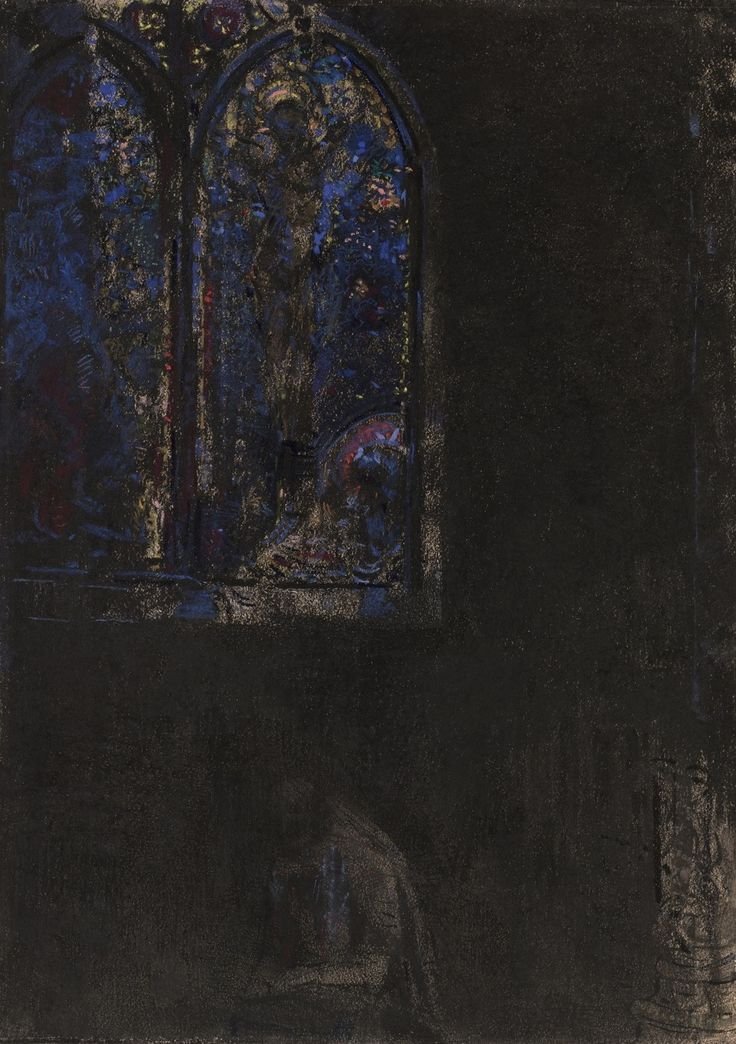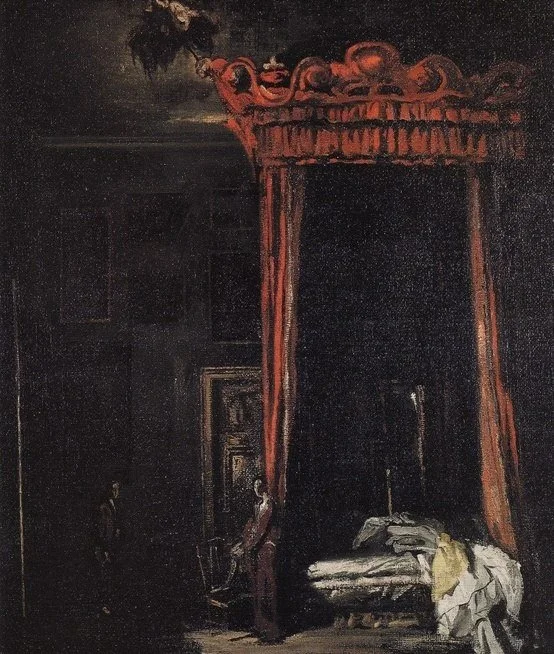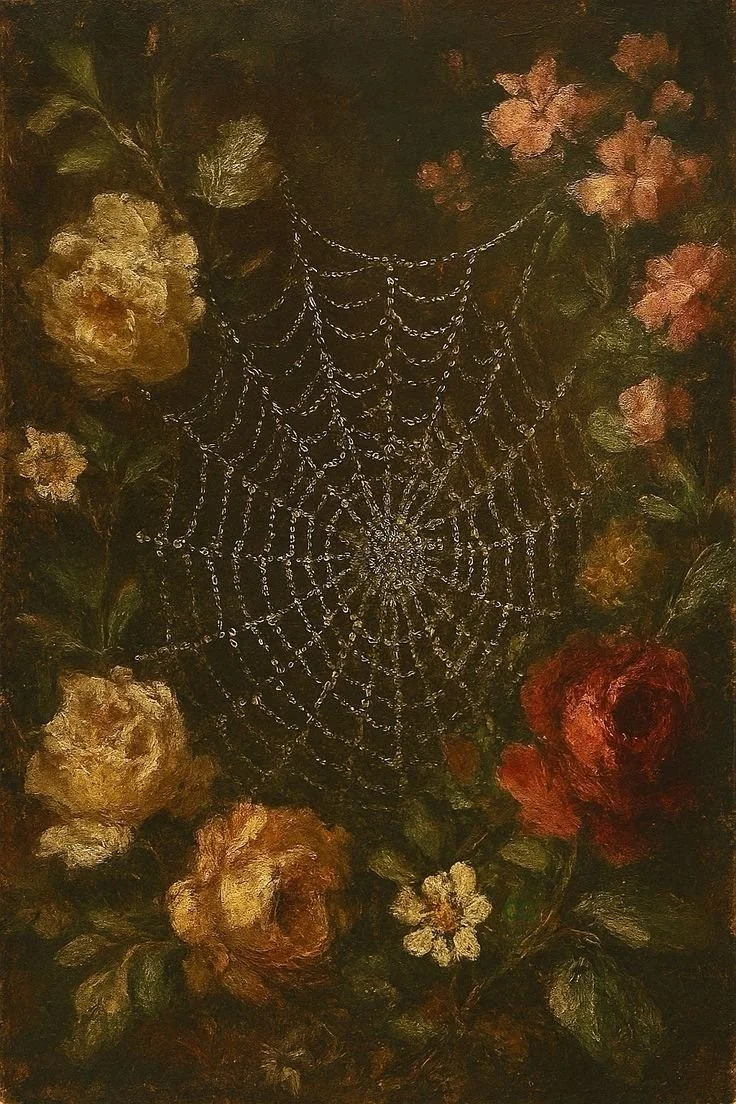BY PATRICIA GRISAFI
In Lizzie, Speak, Kailey Tedesco attempts to communicate with the dead and discovers that the lines between past and present are perilously thin. In these poems about alleged murderer Lizzie Borden, who was accused of killing her father and stepmother with a hatchet in 1892, Tedesco invites us to imagine what Lizzie might say if we could communicate with her. Throughout the collection, Lizzie speaks in myriad ways: through found objects, supernatural means, popular culture’s numerous and contradictory impressions, and as an entity possessing the speaker. With sparse, haunting, and lyrical language, Tedesco paints a complex portrait of this mythologized woman while exploring the danger of obsession.
Lizzie, Speak is a book about the limits of language and the fraught nature of communication — both between the living and between the living and the dead. The speaker tries to reach the dead in a number of ways: she practices psychometry, consults the Ouija board, and visits the locations Lizzie Borden is associated with — the home in which the murders took place and her final resting place at Oak Grove Cemetery. The speaker mourns — “i am so afraid everyone i love will never be a ghost.” By searching for Lizzie Borden, the speaker tries to counteract the terrifying finality of death. Finding the spirit of a notorious perhaps-murderer is preferable to the void; even more frightening is that possession by that spirit is also desired as opposed to uncertainty cosmic finality:
i lay awake often wondering when i will do
the most terrible thing i will ever do?
how my body will react to that possession & is possession
only an excuse?
To illustrate how the past and present collide, Tedesco combines a Victorian aesthetic and experimental poetic structure. Her language is luxurious, bathed in shades of violet and vermillion and swathed in velvet. This beautiful language juxtaposed with the dark subject matter and use of space on the page make the poems prickly and the reading experience verge on deliciously uncomfortable. The moments that feel most fraught are when technology and biography burst through the layers of Lizzie Borden’s myth. In “iOs X predictive” the speaker uses her iPhone to communicate with the dead and find out what really happened the day Abby and Andrew Borden were killed. The results are chilling and better than any ghost show on TV:
lizzie borden hurt my face
& now I feel better
i think it’s a bad thing
but that’s what happened last night
And in the collection’s epigraph, we’re informed that Tedesco’s great-great-grandmother was actually Lizzie Borden’s neighbor. Elsie Hawcroft makes an appearance in “In Which I Attempt to Exorcise Lizzie From Me”:
my great great grandmother
your neighbor a child sang your poem
before anyone, maybe & you found me in that rhyme
These technological and biographical interruptions blur the boundaries between speaker and author, asking us to question how obsession begins and how a person can be haunted by history.
Lizzie, Speak deals with both physical and metaphorical hauntings. There’s the haunting of the speaker, possessed by Lizzie Borden and trying to reluctantly free herself:
i am in your bedroom waking to scones
my body asleep in yours your body asleep in mine.
There’s the haunting of the Borden home, which operates as a gruesome bed and breakfast. And there’s also the haunting of American culture by Borden and her alleged crime. It was sensational to think that a young woman was capable of such a violent act. Perhaps that was why she was acquitted; to find Lizzie Borden guilty was to find Victorian women capable of masculine rage, to explode the image of the angel in the house.
“Black Mood/Maplecroft” is the last poem in the collection and perhaps the answer to the speaker’s frantic search for the truth. Lizzie Borden narrates, post-acquittal and haughty:
i do
not care how you know
my name only that you
do & i never had to
tell you
For this dazzling and disturbing imagining of Lizzie, the truth doesn’t matter; all that matters is she gets to tell her story the way she sees fit: “my only version.” I’m reminded of Anne Sexton, who said, “It doesn’t matter who my father was; it matters who I remember he was.” In Lizzie Speaks, it doesn’t matter who Lizzie Borden actually was — what matters is who controls of the narrative.
PURCHASE LIZZIE, SPEAK HERE.
Patricia Grisafi, PhD, is a New York City-based freelance writer, editor, and former college English professor. Her work has appeared in Salon, The Guardian, VICE, Bustle, Narratively, Self, The Rumpus, Ravishly, and elsewhere. She is an Associate Editor at Ravishly and a contributing writer and rotating editor at Luna Luna Magazine. Trish's writing and research interests include Confessional poetry, horror and the Gothic, personal essay, feminism, and representations of mental illness in popular culture. She is passionate about pitbull rescue, cursed objects, and designer sunglasses.
Kailey Tedesco is also the author of is the author of She Used to be on a Milk Carton (April Gloaming Publishing, 2018), and These Ghosts of Mine, Siamese (dancing girl press, 2018). She currently teaches courses on the witch in literature, among other subjects, at Moravian College. She is also an associate editor for Luna Luna Magazine and a co-curator for Philly’s A Witch’s Craft reading series. You can find her work featured or forthcoming inElectric Literature, Fairy Tale Review, Bone Bouquet Journal, Witch Craft Mag, and more































